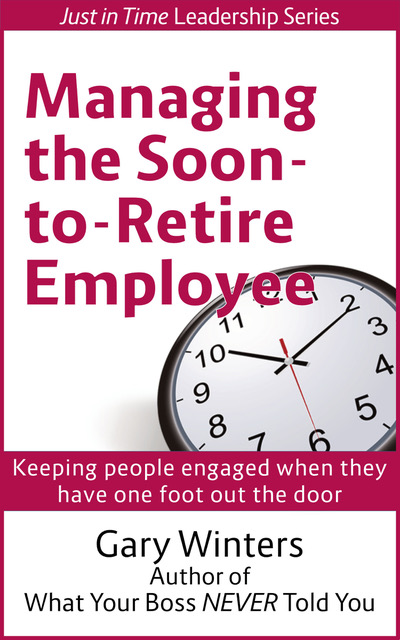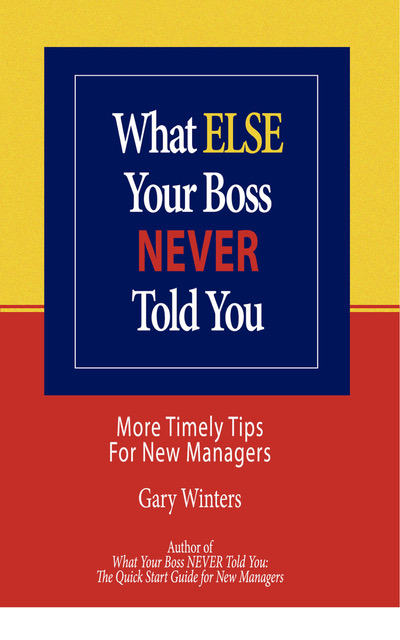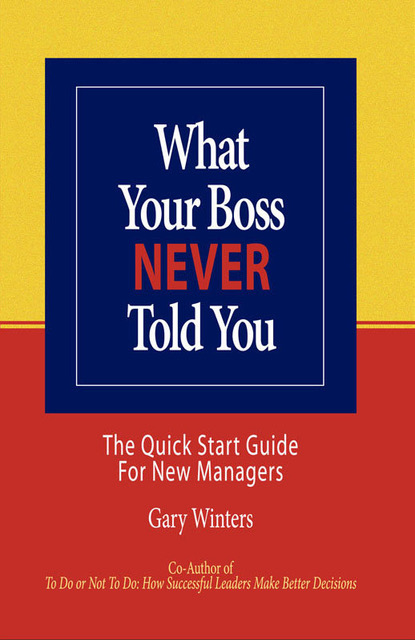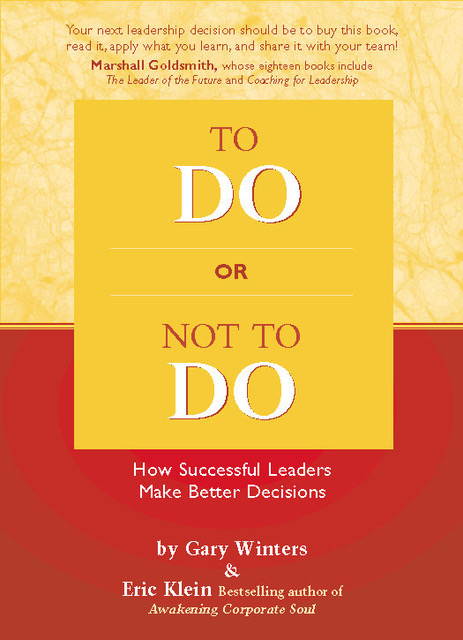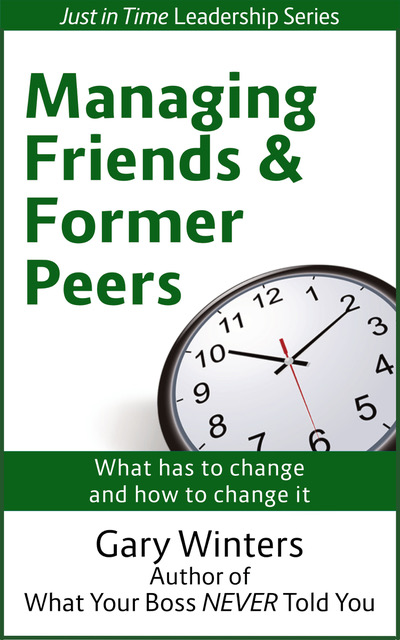Let’s face it. Once someone’s let it be known that they’re going to retire soon, things can get a little difficult for the boss.
Every day, over 10,000 Americans retire. The Baby Boomers are reaching the end of the line.
I call employees who’ve decided to retire within three years or less Sooners, because they’ll be retiring sooner than everyone else.
Furthermore, once someone becomes a Sooner, he’s on “S-time” – Sooner time. That’s the period of time between going public about one’s intention to retire and spending the last day on the job. The Sooner now finds his attention divided between meeting his goals and objectives at work, and determining how he wants to arrange his life after he leaves the organization.
While everyone goes through transitions from time to time throughout their career – getting married or divorced, moving to a new home or adjusting to an empty nest, or perhaps acclimating to a new supervisor – what the Sooner is doing is unique. He will complete his transition outside the organization and after his employment has come to a close.
The difference is significant, and begins to explain why managing Sooners presents a unique set of challenges. Dealing Sooners who are overwhelmed by their transition – is tough. Just as aging isn’t for the faint of heart, neither is managing a troubled Sooner!
Sadly, “how to manage the soon-to-retire employee” is rarely, if ever, addressed in leadership academies or workshops.
In fact, this may be the first book on the topic.
A reviewer on Amazon said…
“This book was spot on for me and timely. I study generational differences and present on the generations topic quite a bit and am now encountering Generation Xers who want advice on how to manage boomers and “soon to retire” boomers. This book could not be more helpful to me professionally and for me to refer to others. While it stings to read some of the observations about those boomers who are resistant to change or not pulling their share, Gary Winters’ advice is practical and doable and humane. He gets to the point.”
Trudy

